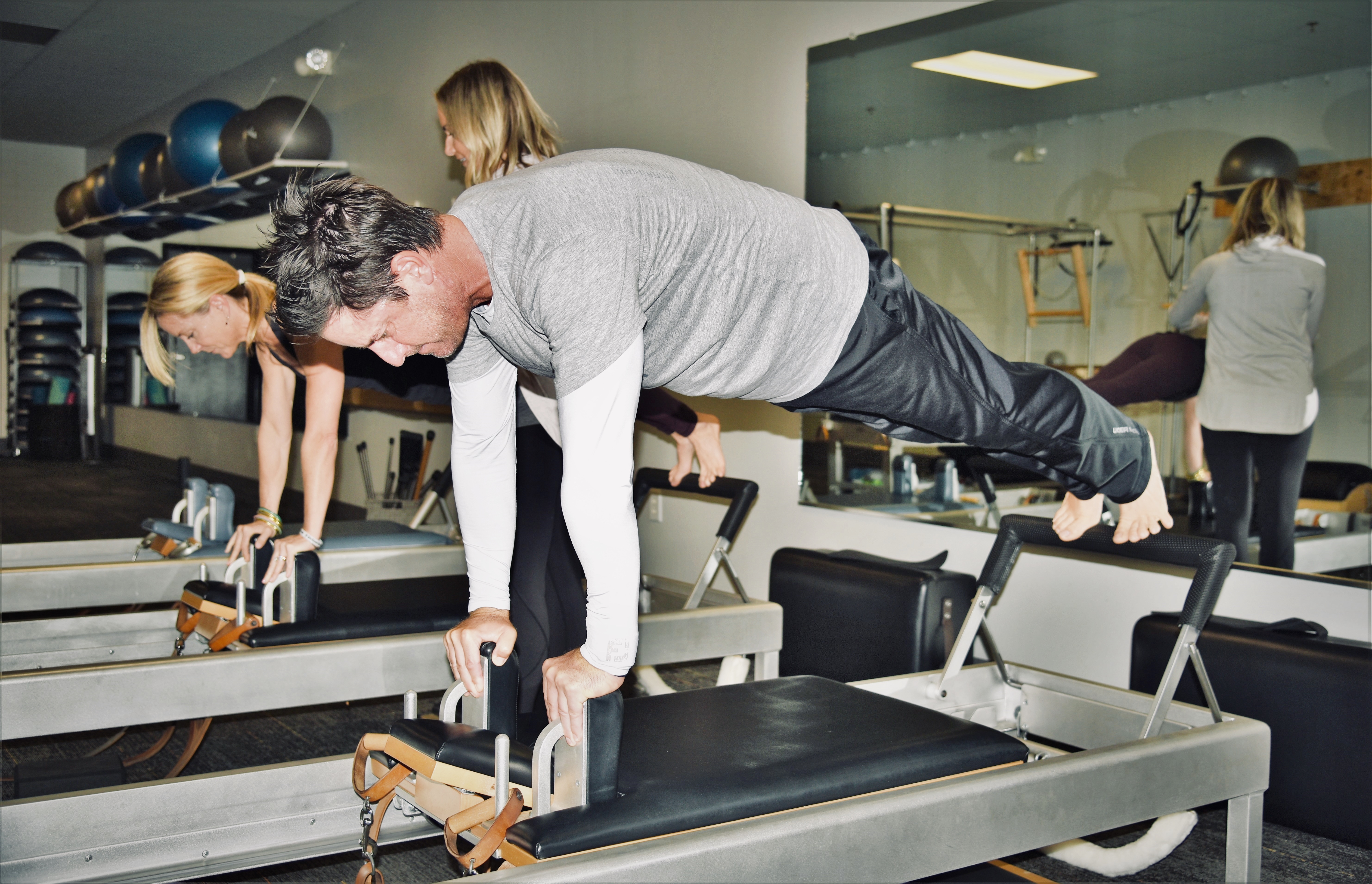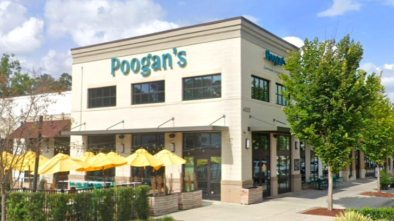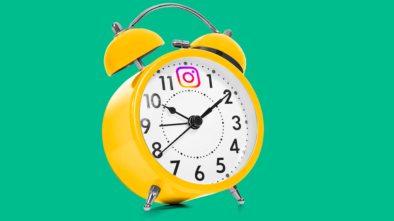Demystifying the Mystery of Pilates: A Lowcountry Perspective
What is it? One local instructor and studio owner says “it’s like taking WD40 to the joints.”
Story and Photos by Tonya McGue
Stars like Reese Witherspoon, Tiger Woods, LeBron James and Madonna do it. Doctors, retired people and professional athletes do it. People with pain or injuries use it to help them recover.
If you do a Google search on Pilates in the Lowcountry, about 50 places pop up offering some form of Pilates. They include dedicated Pilates studios, big gyms, physical therapy centers, spas and boutique fitness centers. Almost 9 million people in the U.S. participate in Pilates, but if you ask non-participants what they think Pilates is, most don’t know.
Peeking in a Pilates studio, it’s hard to tell what it is. Is it physical therapy? The equipment kind of looks like it. Is it yoga? Many of the participants have lean, muscular bodies and are holding athletic poses. Is it personal training? There’s one or two people working with one trainer.
So, what are they doing? What is Pilates?
In short, Pilates is a low-impact, resistance-based fitness system invented by German Joseph Pilates. He was a bodybuilder who firmly believed in the importance of mind-body connection. His method is based on a combination of western bodybuilding, gymnastics, eastern yoga, tai chi and meditation. He called it Controlology.
During World War I, Pilates was interned as an enemy alien. He began experimenting with rehabilitation techniques. His system consisted of 500 different exercises, still used today, some performed on a mat and others using special equipment.

He helped bed-ridden patients recover from their arm and leg injuries which resulted in the creation of The Cadillac, Pilates equipment that looks similar to a WWI hospital bed with straps and springs. Other Pilates equipment includes The Reformer (looks somewhat like a rowing machine), the Wunda Chair, the Ladder Barrel and the Wall Tower, all using a spring-based system.
“We really pride ourselves on the equipment we use,” said Dana Romanosky, a certified Pilates instructor at Coastal Body Studio in The Shoppes at Brickyard in Mount Pleasant. “Pilates is all about spinal decompression and balancing the large and small muscles that support our joints. Using the springs on the equipment really differentiates Pilates from other types of exercise.”
Pilates focuses on core strength, posture, balance and flexibility. It emphasizes the connection between body and mind and is for people of all athletic abilities, beginner to advanced.
Lindsay Jackson Ward, owner of Coastal Body, a classical Pilates studio that offers private and semi-private sessions, said, “The number one priority is seeing results safely and quickly. The three main Pilates principles are Stretch, Strength and Control.”
To ensure results, certified Pilates instructors are required to complete intensive instruction which includes personal workouts, lectures, observation and a teaching apprenticeship program. “It took me almost two years while working full-time as a waitress,” Lindsay said. “It was like getting a degree.” Lindsay and Dana completed over 700 hours of training, including advanced teacher instruction.
Lindsay, a former professional dancer, first heard about Pilates from a friend who was a certified instructor. “After hanging up my shoes, I tried Pilates and got hooked right away. It includes movement, strength, balance and flexibility. I felt like I was in the same world.” Within a few months of becoming certified, she bought Coastal Body Studio.
Lindsay said one of the biggest misconceptions about Pilates is that it’s for women. “Actually, almost half my clients are men. Most of them are golfers who want to maintain strength and flexibility so they can keep playing well.”

J.B. Belicka (pictured), one of Lindsay’s clients, said he started doing Pilates about 20 years ago because of pain from a bulging disk in his back. “It helped me almost immediately,” he said. “If I don’t do it consistently, at least two times a week, my back starts acting up again. I can get laid up for weeks if I miss many sessions.”
Dana also discovered Pilates because of pain in her back. “I had a car accident and for 10 years I couldn’t get rid of the pain in my back and hips. Nothing worked,” she said. “I tried Pilates and it helped right away. It fixed my alignment. I don’t know why my doctors and physical therapists didn’t suggest it. The experience was so transformative, I changed careers from an equity marketing manager to a Pilates instructor. Other people need to know about its benefits and I want to share how amazing it is.”
Dana is a big proponent of Pilates being the next step after physical therapy. “It’s the natural next step after PT. Pilates corrects alignment. It’s about raising awareness of movement and breathing. Our goal is for people to take what they learn out the door so that they can live their lives more fully, playing that golf game or being able to pick up their child without pain. It’s music to our ears when we hear a client say she noticed she was slouching and corrected her posture immediately.”
Lindsay said, “It’s awesome to see people feel good, improve their posture and flexibility, get stronger and have more energy. Pilates is like taking WD40 to the joints.”
@coastalbodystudio
https://www.coastalbodystudio.com/



